Cognit activation: a mechanism enabling temporal integration in working memory
- PMID: 22440831
- PMCID: PMC3457701
- DOI: 10.1016/j.tics.2012.03.005
Cognit activation: a mechanism enabling temporal integration in working memory
Abstract
Working memory is critical to the integration of information across time in goal-directed behavior, reasoning and language, yet its neural substrate is unknown. Based on recent research, we propose a mechanism by which the brain can retain working memory for prospective use, thereby bridging time in the perception/action cycle. The essence of the mechanism is the activation of 'cognits', which consist of distributed, overlapping and interactive cortical networks that in the aggregate encode the long-term memory of the subject. Working memory depends on the excitatory reentry between perceptual and executive cognits of posterior and frontal cortices, respectively. Given the pervasive role of working memory in the structuring of purposeful cognitive sequences, its mechanism looms essential to the foundation of behavior, reasoning and language.
Copyright © 2012. Published by Elsevier Ltd.
Figures
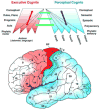
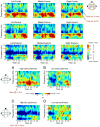
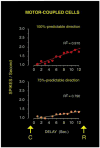
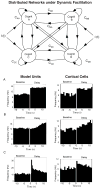

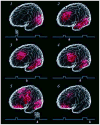
References
-
- Lashley KS. In search of the engram. Symp Soc Exp Biol. 1950;4:454–482.
-
- Hebb DO. The Organization of Behavior. John Wiley & Sons; New York: 1949.
-
- Hayek FA. The Sensory Order. University of Chicago Press; Chicago: 1952.
-
- Bressler SL, Menon V. Large-scale brain networks in cognition: emerging methods and principles. Trends Cogn Sci. 2010;14:277–290. - PubMed
MeSH terms
Grants and funding
LinkOut - more resources
Full Text Sources

